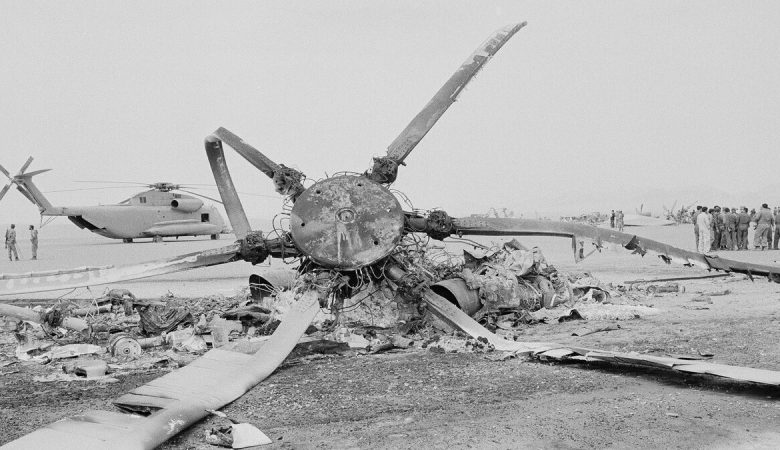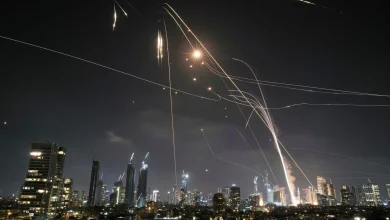Tabas Incident in Iran Emerges as Emblem of Divine Might and U.S. Hegemony’s Downfall
In the tumultuous narrative of Iran's Islamic Revolution, the Tabas incident is notably significant. This failed military operation exemplified a striking instance of the downfall of a superpower's perceived invincibility, showcasing the fragility of its dominance and arrogance.

In the core of the Tabas desert, a significant sandstorm not only derailed sophisticated U.S. military operations but also emerged as an emblem of Iran’s defiance and national determination. This event signified a pivotal moment in the narrative of the Islamic Revolution and the waning of hegemonic influence.
As reported by Pars Today, on April 25, 1980, the United States undertook a military operation involving numerous helicopters and aircraft on Iranian territory. Following unsuccessful attempts to destabilize the Islamic Republic of Iran through multiple strategies, the U.S. government embarked on an elaborate and clandestine mission to liberate its agents captured during the November 4, 1979, siege of the U.S. Embassy, known as the Den of Espionage.
The U.S. crafted “Operation Eagle Claw” with the dual objectives of targeting key locations within Iran and eliminating significant figures within the Islamic Republic’s leadership. The operation’s broader strategy included the installation of a pro-American regime in the country.
**A Desert Mission Destined for Failure**
On April 25, 1980, as U.S. forces breached Iranian airspace, the operation initially seemed to proceed smoothly. However, in Tabas, natural forces took a formidable turn as a colossal sandstorm erupted, significantly impairing equipment, visibility, and communication systems.
When news emerged of the unsuccessful U.S. operation, citizens nationwide gathered in jubilant celebration. Imam Khomeini, the revered architect of the Islamic Republic, delivered a momentous declaration: “We consider the sands to be agents of God. America cannot do a damn thing.” This proclamation became emblematic of national pride, reinforcing to the Iranian populace that through faith and solidarity, they could withstand any global power.
At the time, international media outlets offered extensive coverage and analysis of the incident, with headlines underscoring the debacle: “Superpower Humiliated in the Desert,” “A Disaster for Carter in Tabas,” and “America Surrenders to Iran’s Sands.” Experts scrutinized the event, highlighting the profound impact the failure of Operation Eagle Claw had on Jimmy Carter’s administration, significantly contributing to his defeat in the subsequent U.S. presidential election and setting the stage for Ronald Reagan’s triumph.
The Tabas incident transcended its status as a simple military failure for the United States, becoming a significant emblem in Iranian political rhetoric of “the end of the era of American dominance.” Despite utilizing missiles, helicopters, espionage strategies, and advanced technology, the operation could not surpass the determination of a united populace. Acknowledged by Americans themselves, the mission concluded in utter humiliation.







